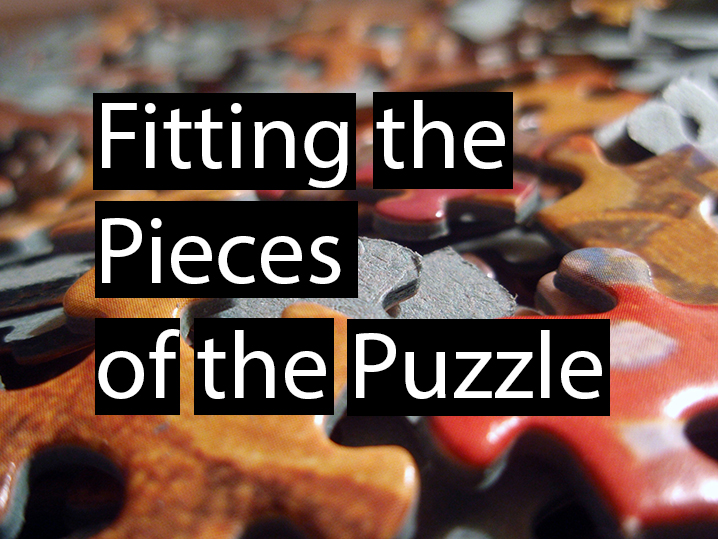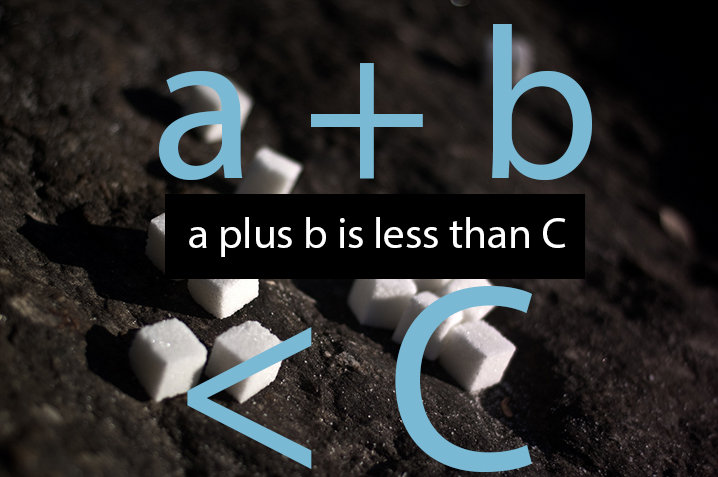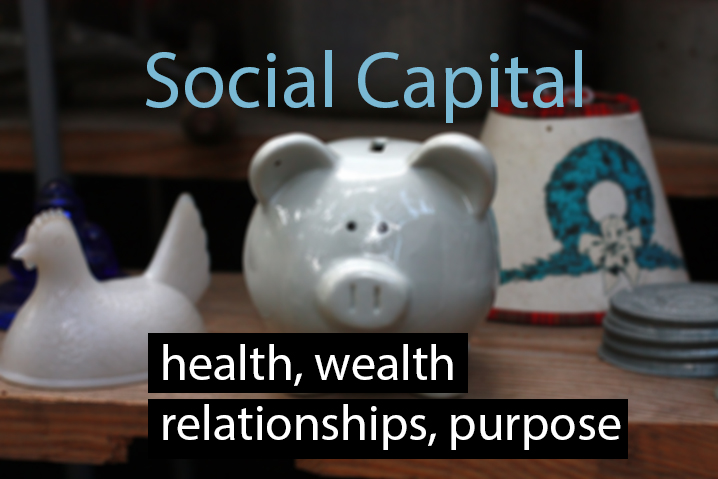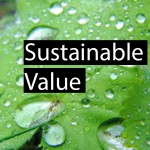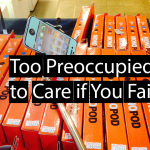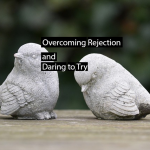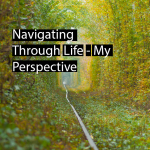Fitting the Pieces of the Puzzle
“You can have anything you want in life, if you will just help other people get what they want.”
– Michael Ellsberg, American Author and Motivational Speaker
“Networking is not about just connecting people. It’s about connecting people with people, people with ideas, and people with opportunities.”
– Michele Jennae, American Author
Life is a puzzle. Identify the missing pieces, wherever they may be straddled across the floor of your memories, skills, relationships, or ideas. The “cloud” of what you have done, the things you have learned, the moments you remember, and the people who you met through the course of it all. Opportunities can be revealed and uncovered when reflection intersects with action.
When you spend all day looking for quarters you are bound to find several on the street. Similarly, when you spend all day looking how to help others, you will find someone in need and a service that you may offer. I propose that one of the bigger steps in putting together and completing the puzzle emanates from uncovering ways that we can add value to others, which will be returned in kind (tangibly or otherwise). The “A”s in one place can be connected with the “B”s elsewhere in order to yield a result: “C.” The C is produced only when the A and B are aligned, once the pieces are brought together that serve to generate a greater outcome.
As written in the book “The Education of Millionaires,” there are four major axes through which we can empower and enable people, from the beggar up the ladder to the CEO: i) Health, ii) Wealth, iii) Relationships, and iv) Purpose/Spirituality
Not many have all of these areas covered in their life. I certainly don’t, although that is beyond the point.
What matters is concentrating on continuous improvement and giving advice on how to ameliorate certain parts of another’s life where you may excel. This framework can be encapsulated with the analogy of a bank – one with a surplus (lender) and a counterparty with a deficit (borrower). Instead of financial capital though, we are dealing in terms of what we may define as “social capital.” Rather than exchanging currency, this social capital’s intention is to provide help without any surcharge or cost. No strings attached. The “investor exit” does not exist insofar as the transaction is rather a partnership and continues onward indefinitely. Thus the “payback” (return on investment) is in the form of increasing the sphere of influence and social network as a whole. This is in effect the target of the project. The dividends paid are in the form of goodwill from others, which come back full circle: what goes around comes around.
“The currency of real networking is not greed but generosity.”
– Keith Ferrazzi, Author, Business Consultant, and Speaker
“My Golden Rule of Networking is simple: Don’t keep score.”
– Harvey Mackay, Entrepreneur, Motivational Speaker
Social capital facilitates new encounters through which the “C” results of the puzzle are borne.
Juxtapose these pieces of the puzzle once they have been found.
Daily mentality is central in the fitting process; generating enthusiasm supports energy levels, fights the exhaustion of depression, and emboldens the resolve in our willpower to overcome adversity and hardship. Key components for what “super lucky people do” are connecting with as many people as possible and following up not only when it is for themselves, but also — and more importantly I would argue — in the service of others.
How many times have you applied for a job to only not receive a reply? Or felt glad to receive a prompt and courteous answer unexpectedly? Such scenarios can either breed resentment or cause pleasant surprise — I have also been on the other end of such interactions (too) many times. People — collectively being us — do not respond well to “losing” in the form of communication rejection. As documented in loss aversion theory, the sting of loss is felt greater than the joy of gain. In fact, the pain has been documented to be twice as potent as the pleasure of winning in gambling simulations. Being rude or not following up can be detrimental to relationship-building, and may create the conditions of “losing” for one or both of you. It’s the opposite of a lucky mindset — you’re not following through and/or not treating the other person sensibly.
As the adage goes, politeness costs nothing, and gains everything. If trying to gain the attention of someone, emotions should be removed from the discussion. “Polite persistence” coupled to open and honest communication is a best practice that most, if not all will appreciate and respect.
“If you want to go fast, go alone. If you want to go far, go with others.” – African Proverb
“Before you make a promise, think about whether you will want to keep it if and when your circumstances change. This is how you earn a reputation.” – Source
In effect, relationships are integral in fulfilling any set of objectives — the puzzle — that we may continue to piece together. Cultivating and maintaining such relationships can and does pose a challenge/difficulty in their own right, particularly when considering the increasing mobile nature of our lifestyle and dispersion of where we live, brought on by an interdependent, globalized, and “always connected” planet. Nonetheless, we as humans thrive on interpersonal relationships.
Biologically we are predisposed for the need of reference relationships (parents/designated responsible adults) from the moment we are born, evidenced in attachment theory as pioneered by the English psychologist John Bowlby. As we can all relate to — from airports to movie theaters — babies familiarize themselves and eventually become increasingly symbiotically tied to their mothers in an intense fashion, displaying anxiety upon instances of disconnect from attached figures. Hence the non stop-sobbing and wails from a baby separated from a mother when the overworked father — not around often enough for the baby to recognize for attachment — unsuccessfully tries to assuage the emotional crisis.
Yes, we do need intimacy. We need human interpersonal relationships through all stages of life. To extend this need into another area of your life, with an earnings angle: as cited in this 2009 University of Melbourne investigation of CEO social bonds and remuneration: “In particular we find that the bigger the size of the CEO network, the higher the CEO total compensation and the lower the pay-performance sensitivity.”
This effect of social bonds may be dismissed with a cynical take on the age-old saying, “it’s not what you know, it’s who you know” (as observed in the Occupy Wall Street movement). While this certainly remains true and may underpin many injustices, it is far too one-dimensional of a view: overt attention is placed on the acquaintance aspect while dismissing the ability to execute (this notion of execution merits the elaboration in another article altogether). Execution is actualizing an idea, creating something of value. Capability is doubtlessly a crucial jigsaw in order to achieve completeness in solving the puzzle but risks remaining small in nature without the scale that relationships can deliver.
Through an academic lens we arrive to Robert Dunbar, psychology professor with Oxford:
“Dunbar has found 150 to be the sweet spot for hunter-gatherer societies all over the world. From the Bushmen of Southern Africa to Native American tribes, a typical community is about 150 people. Amish and Hutterite communities — even most military companies around the world — seem to follow the same rule.”
”
150 seems to be the magic number that our mind can wrap itself around in terms of the number of people we can cope with satisfactorily in the state of managing all of the complexities and nuances that accompany such a large group of individuals. While the human brain may not be entirely equipped to deal with these complexities alone, technology can and does augment our cognitive function. Social media, smartphones, apps, and the ease of more accessible travel all magnify & accelerate who we encounter, with whom we communicate, and our availability & channels of engagement. Technology provides tools for tracking all of these interactions with supplementary reminders, calendars, to-do lists and the like. Never have so many people been connected, never have we been able to enlarge our circle of influence and enable others.
By all measures, we are the same homosapien species, while living in an ever-demanding society of connectedness. Facebook, Twitter, messaging apps, emails…all clamoring for our attention. Yet we we are equipped with better aides in the form of devices to help us be more effective in what we do in less time. Our ancestors in the Middle Ages would think we are nearly superhuman with the advances in science & technology, from medicines to jets to the internet. It’s easy to forget when we are caught up in our daily troubles.
On a cost/benefit analysis, it is very apparent to me that it is worth risking the “downside” of someone using me (costing me my several minutes) versus the sheer enormous “upside” of potentially changing someone’s life and enjoying the countless benefits that can come from this — both for the person and for yourself. It just seems rational to me. Life is not a zero-sum game, it is rather a positive-sum game.
Throughout it all, we mustn’t forget to stay grounded, relativize, and employ downward counterfactual comparisons while endeavoring that the puzzle take a discernible shape and outcome. Humility is essential in all that we do:
Life is rather about helping those around us realize their potential, endeavoring to remain humble in our acts, and learning from each interaction with others — every human being has a lesson to offer, from all walks of life.
Creating opportunities for serendipitous interactions to occur and arise are an accelerator to the puzzle that is life. Each permutation bearing fruit from the seed sowed in unifying pieces — exemplified in “A” and “B” — will pay dividends in social capital and expand your own pieces, and in turn your puzzle. Let us arm ourselves with those remarkable technological mediums to not only open ourselves, but to allow ourselves to connect & help others to seek, identify, and make their own puzzles.
Who knows? You may find that you have the same pieces in common.
